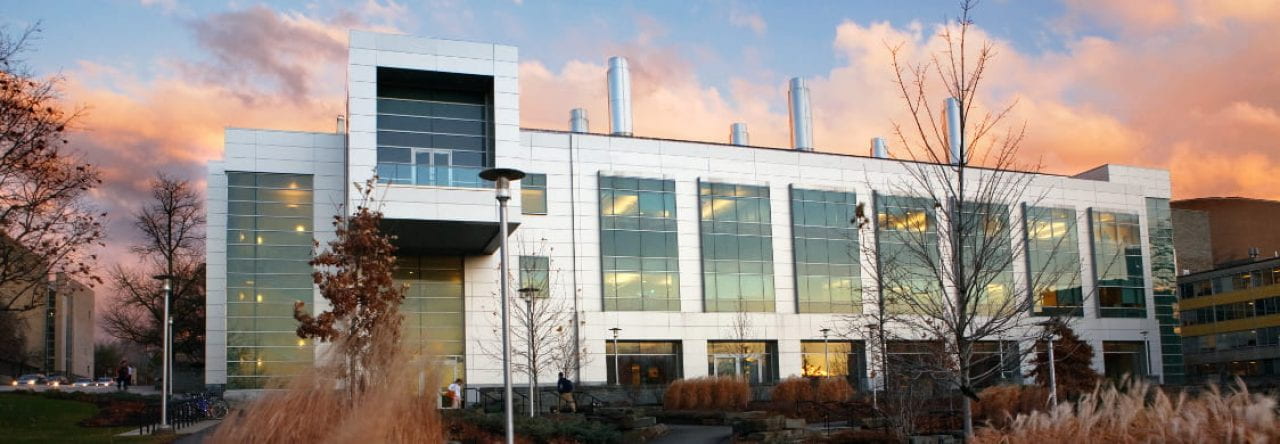Spotlight: Mechanical Engineering
 Hello! My name is Kenny and I am a senior Mechanical Engineering major from Palo Alto, CA. I am currently a team lead on Cornell Baja Racing, a project team that designs and builds off-road buggies to race against other collegiate teams. I am also part of a research lab in the Space Systems Design Studio on a team building a small sat that will be traveling to lunar orbit on the inaugural flight of NASA’s SLS. During my junior year I also participated in Cornell’s engineering co-op program, spending eight consecutive months working on satellite hardware at SpaceX. My favorite place on campus is the Experiential Learning Lab which is in the basement of Upson Hall. Its home to a majority of the project team workspaces and the Emerson Machine Shop where my Baja team machines most of the parts on our car. The ELL also home to Autolab, an automotive garage workspace where we do all our welding and assembly.
Hello! My name is Kenny and I am a senior Mechanical Engineering major from Palo Alto, CA. I am currently a team lead on Cornell Baja Racing, a project team that designs and builds off-road buggies to race against other collegiate teams. I am also part of a research lab in the Space Systems Design Studio on a team building a small sat that will be traveling to lunar orbit on the inaugural flight of NASA’s SLS. During my junior year I also participated in Cornell’s engineering co-op program, spending eight consecutive months working on satellite hardware at SpaceX. My favorite place on campus is the Experiential Learning Lab which is in the basement of Upson Hall. Its home to a majority of the project team workspaces and the Emerson Machine Shop where my Baja team machines most of the parts on our car. The ELL also home to Autolab, an automotive garage workspace where we do all our welding and assembly.Outside of the classroom many mechanical engineers participate in project teams or research labs. Cornell has over 30 projects team building almost every kind of vehicle you can think of and mechanical engineers form the core of many of those projects. When it comes to research, there are a wide range of labs working in fields as diverse as biomaterials, spacecraft, and industrial design seeking mechanical engineering members.
Since I started studying mechanical engineering three years ago, there are parts I have designed, analyzed, and tested that have won 4-hour Baja endurance races and been launched into space. I love that the things mechanical engineers build are often real and tangible. The more I learn in school, the more amazed I am by the hidden complexity in all the machines and vehicles that surround us all.
Mechanical Engineering is one of the most versatile engineering majors and sees demand in almost every industry. I have friends who have graduated and gone on to design and build a huge variety of machines such as rockets, particle accelerators, self-driving cars, and surgical robots.
—Kenny, mechanical engineering





